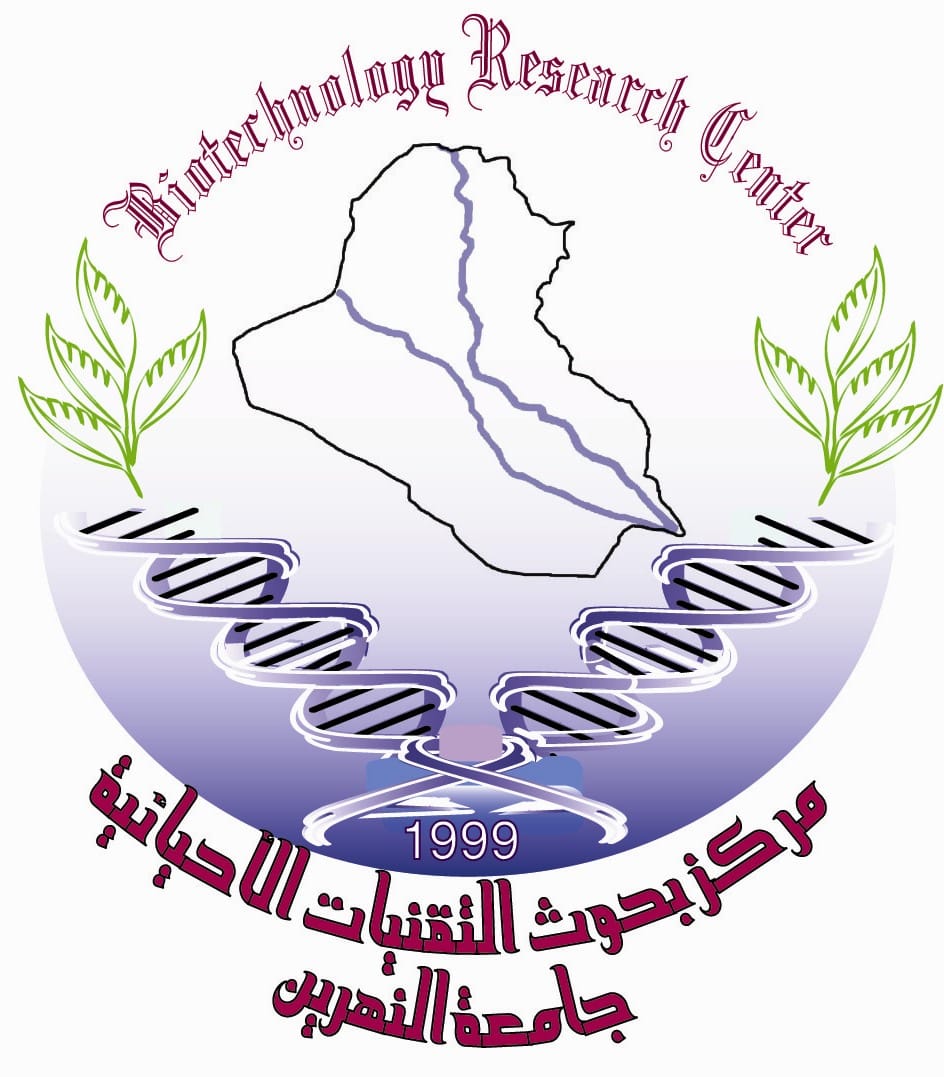Analysis of genomic instability in patients with breast cancer
DOI:
https://doi.org/10.24126/jobrc.2010.4.1.84Abstract
Genomic instability resulting in multiple molecular events believed to be a driving force in the carcinogenic process. In this study, the random amplified polymorphic DNA (RAPD) technique, a simple polymerase chain reaction (PCR) based DNA polymorphism assay system was used for analyzes genomic instability in blood and tissues obtained from five breast cancer patients. DNAs from breast cancer tissues and corresponding DNAs from blood samples were amplified by RAPD with five different 10-bases arbitrary primers. The ability to detect genomic instability in five cancer tissues by each single primer ranged from 60 to 100 percent. Samples 3, and 4 represented the highest genomic instability since it detected by all primers used. Changes in the genome that were revealed by RAPD included deletion or insertion, and allelic losses or gains. The most important finding that emerged from the RAPD analysis, is that deletion was also observed in blood DNAs which revealed by the absence of amplified DNA fragments from blood DNAs, while the corresponding fragments were present in the tumor DNA. Our results display that an insertion of a 468bp amplified fragment was observed in 3 of 5 tumor samples (two fragments using primer OPA-03 and the third fragment using primer OPA-10) whereas, the same 468bp amplified fragment was deleted in 2 of 5 blood samples one using the primer OPA-03 and the second fragment using primer OPA-13. Genomic instability analyzed by RAPD is important to understand the molecular events in breast cancer.
Downloads
Published
How to Cite
Issue
Section
License
This is an Open Access article distributed under the terms of the creative commons Attribution (CC BY) 4.0 license which permits unrestricted use, distribution, and reproduction in any medium or format, and to alter, transform, or build upon the material, including for commercial use, providing the original author is credited.











